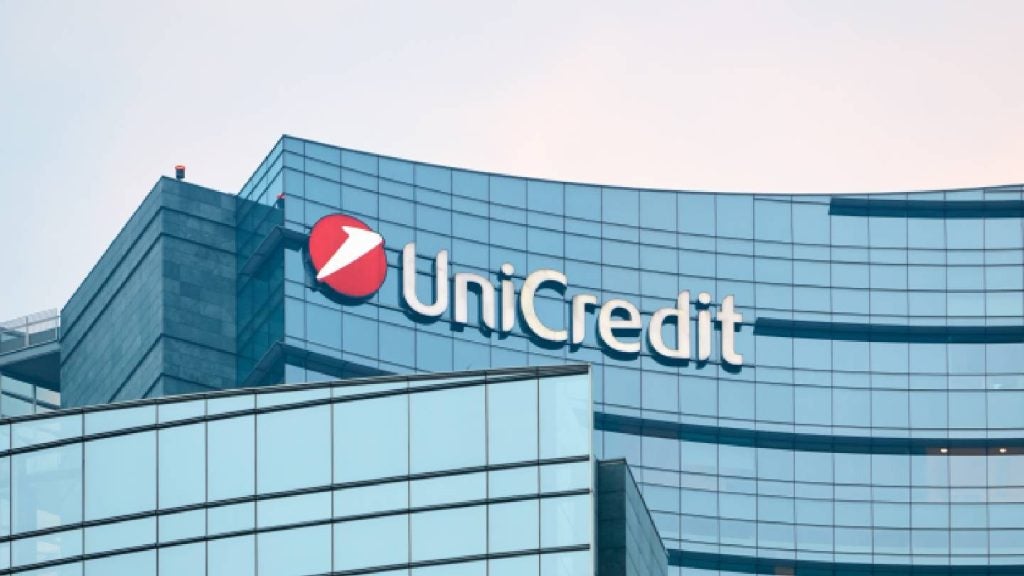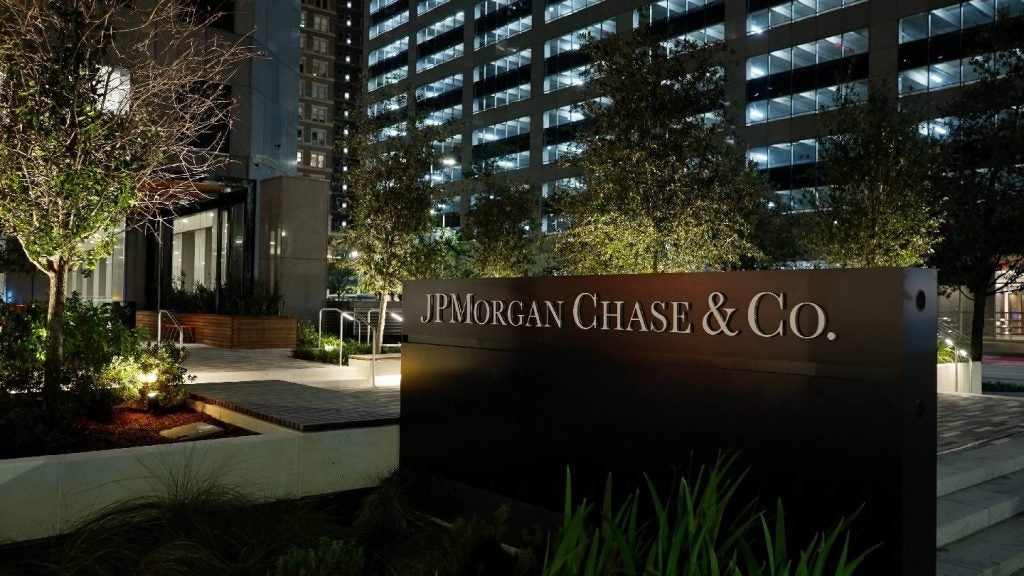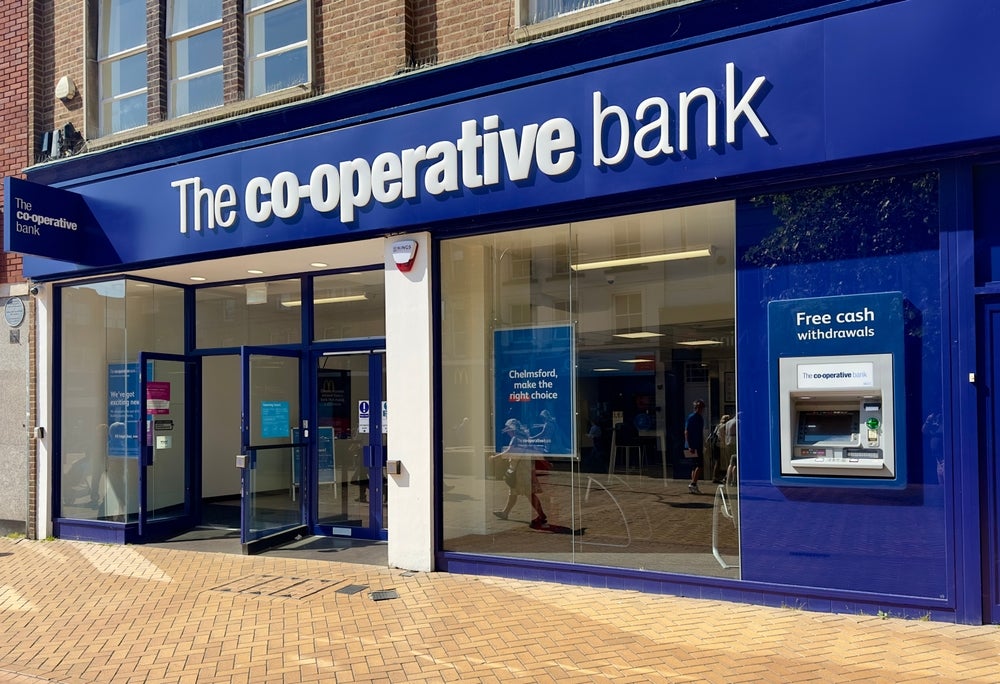Twenty years ago, planning a vacation meant leafing through guidebooks and collecting brochures from travel agents. Then came comparison sites and apps that made the process faster but still left travellers juggling screens and emails. Today, most people ask an AI assistant to plan it all, routes, prices, and reviews, into one clear itinerary.
Corporate banking still looks like the early days of travel planning. Even the largest banks build complex, multi-product deals through spreadsheets, PDFs and email threads scattered across systems and regions. The data exists, but it’s rarely connected. Deals take too long; errors creep in and clients notice.
The problem isn’t ambition; it’s fragmentation. Systems have grown by product, by geography and by acquisition. Pricing tools, risk models and client data hubs often operate in isolation. Data has to be re-entered several times; approvals get lost in inboxes and audit trails fade. Revenue disappears in the gaps and compliance slows everything down instead of helping it run smoothly.
Unifying the deal process
Banks that are improving performance are doing something simple: bringing deal management together. Instead of relying on scattered systems, they’re creating connected layers that tie data, pricing and approvals into one view. This allows bankers to price accurately, act quickly and stay within policy without jumping between platforms. Every term and rate can reflect the client, jurisdiction and market conditions at that moment. The time it takes to model a multi-product deal, simulate outcomes and get internal approval can drop from days to hours.
Data is central to this shift – bankers need to make decisions using current exposures, market rates and client behaviour. Live data helps them assess risk and profitability with confidence, while governance rules ensure consistency across regions.
Many banks are already moving toward a unified ‘deal operating layer’ that connects existing systems, pulling data in real time from customer platforms, risk engines and market sources. It applies pricing rules automatically, keeps checks in place to prevent errors and routes approvals through clear workflows instead of long email chains. Managers, relationship teams and risk officers can all see where each deal stands, where margins sit and what’s holding things up.
AI supports this process quietly. The most effective uses are practical ones – recommendation tools that suggest structures based on past wins or simulations that test profitability before an approval request is raised. Embedded compliance rules can apply local regulations automatically, while tracking ensures that what the client agreed to is what’s billed. Every approval, decision and exception is logged and traceable. In a market where oversight is tight, that kind of transparency is valuable to both supervisors and clients.

US Tariffs are shifting - will you react or anticipate?
Don’t let policy changes catch you off guard. Stay proactive with real-time data and expert analysis.
By GlobalDataFrom automation to autonomy
The goal isn’t to automate bankers out of the process; it’s to give them better control and insight. A unified layer makes it possible to personalise deals without adding manual work. Intelligent assistants can help bankers assemble complex structures while preserving their judgment. Managers gain dashboards showing live pipeline health and profitability. And clients get faster, clearer proposals that reflect their global needs.
Banks that have adopted this approach are already seeing measurable results. Time-to-market shortens when workflows are streamlined. Revenue leakage falls when usage and commitments are tracked side by side. Pricing consistency improves when rules are clear and accessible. Clients, in turn, see a bank that is organised, responsive and easy to work with.
The next step is not more automation, but smarter automation. Routine approvals below certain risk thresholds can move automatically, with sampling and review afterward. Maintenance repricing tied to indices can be triggered by policy rules instead of manual updates. Compliance checks can be built into systems so that exceptions come with explanations attached.
The point isn’t to remove human oversight; it’s to free it. When bankers no longer have to chase emails or reconcile spreadsheets, they can spend time advising clients and originating deals. That shift, from administration to relationship management, is where efficiency turns into growth.
The path forward
For senior leaders, the numbers make the case. A unified deal framework typically improves performance in three ways. It reduces revenue loss by ensuring that commitments, usage and pricing stay aligned. It improves profitability through consistent pricing and risk discipline, especially in multi-entity deals where policies often diverge. And it cuts time-to-market because teams are working within the same process instead of rebuilding one for every region or product.
These are not theoretical gains. Faster, better-controlled deal cycles win mandates that might otherwise be lost to quicker competitors. Stronger oversight reduces rework and helps defend margins. And a clearer, data-driven process improves both client satisfaction and regulatory confidence.
In a well-run system, every opportunity becomes a single digital container that spans entities, products and geographies. Data flows in automatically, simulations run in real time, approvals route cleanly and a single version of the deal emerges. A banker can see its revenue and risk profile; a manager can see where it’s stuck; a compliance officer can see why an exception was made. For the client, the bank finally operates as one firm.
This transformation doesn’t have to be all-or-nothing. It works best when done in sequence: start where the payoff is clear, codify pricing and approval rules before introducing AI, and connect data sources that are reliable now instead of waiting for perfect integration. Bring bankers into the design process; systems that ignore how deals are really done won’t be used. And treat governance as a feature, not a barrier – regulators move faster when they can see the controls in action.
Manual, fragmented deal-making isn’t sustainable in a market where clients operate across time zones and regulations shift constantly. The future of corporate banking is already visible at leading institutions: connected, intelligent, and transparent. Those that build toward it will move faster and with more confidence, pricing consistently, managing risk proactively and earning trust by keeping promises precise.
In banking, as in travel, success comes from turning scattered information into one coherent journey, one well-built deal at a time.
Balagopal Ravibalan is Head of Solution Consulting, SunTec Business Solutions









